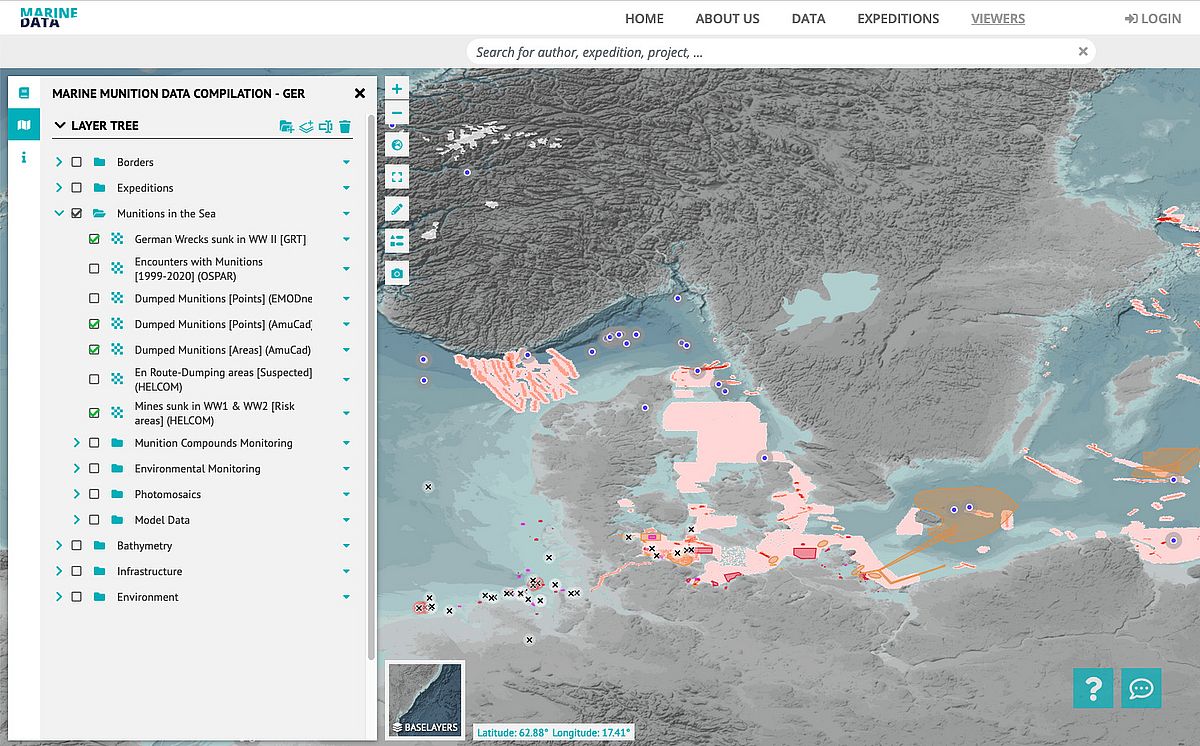Within the framework of various research projects, GEOMAR scientists document the distribution of these contaminated sites from the Second World War, investigate their effects on the environment and contribute to the development of options for recovery and clearance.
CONMAR
The research network CONcepts for conventional MArine Munition Remediation in the German North and Baltic Sea (CONMAR), launched in 2022 as part of the research mission “Protection and Sustainable Use of the Ocean” of the German Marine Research Alliance (Deutsche Allianz Meeresforschung, DAM), aims to provide new knowledge about risks, strategies and approaches to tackle ammunition waste at sea. The project coordinated at GEOMAR will run until 2024 and is funded with 4.8 million euros by the Federal Ministry of Education and Research.
ProBaNNt
The project ProBaNNt (Professional intelligent munitions assessment using 3D reconstructions and Bayesian Neural Networks), running from 2021 to 2024, aims to improve decisions in marine ammunition clearance. Information on successful operations is collected in a database. In the field, easy-to-use software and AI algorithms are used to identify the most viable clearance option for a given ammunition object at a given location. ProBaNNt is funded by the German Federal Ministry of Economics and Climate Protection as part of the Maritime Research Strategy.
AMMOTRACe
The AMMOTRACe project aims to develop new approaches for shipboard and on-site measurements to detect munitions compounds and chemical warfare agents in coastal systems in real time. The project, which will run from 2021 to 2024, is funded by the European Commission's Horizon 2020 MarTERA-ERA-NET Cofund program.
BASTA
From 2019 to 2022, researchers from GEOMAR, the Marine Institute Flanders (VLIZ), the software developer EGEOS GmbH and the Belgian survey service provider G-Tec SA developed methods for the collection, processing and interpretation of data on munitions waste in the sea in the BASTA project (Boost Applied munition detection through Smart data inTegration and AI workflows). The project was funded by the European Maritime and Fisheries Fund (EMFF) under the Blue Labs programme with nearly one million euros.
ExPloTect
From 2019 to 2022, the project ExPloTect (Ex-situ, near-real-time exPlosive compound deTection in seawater) developed technologies to detect munitions-derived chemicals in seawater. The analysis in real-time supports the seabed mapping. The project was funded for by the European Maritime and Fisheries Fund (EMFF) under the Blue Labs programme with nearly 900,000 euros.
UDEMM and RoBEMM
From 2016 to 2019, researchers from GEOMAR together with colleagues from Kiel University and the Leibniz Institute for Baltic Sea Research Warnemünde (IOW) investigated the effects of munitions underwater in the project UDEMM (Environmental Monitoring before, during and after DElaboration of Munitions in the Sea). UDEMM was closely linked to the technology project RoBEMM (Robot-assisted underwater salvage and disposal with technology for the removal of ordnance in the sea, especially in near-shore and shallow waters). This enabled recommendations to be made for an economically viable and environmentally friendly method for the in-situ delaboration of potentially hazardous mines and other explosives. UDEMM was funded 1.6 million Euros through the National Funding Programme Research for Sustainable Development (FONA) of the German Federal Ministry of Education and Research.


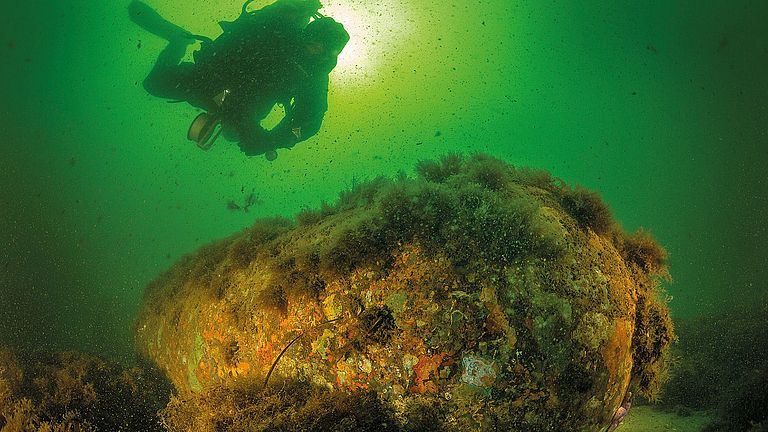
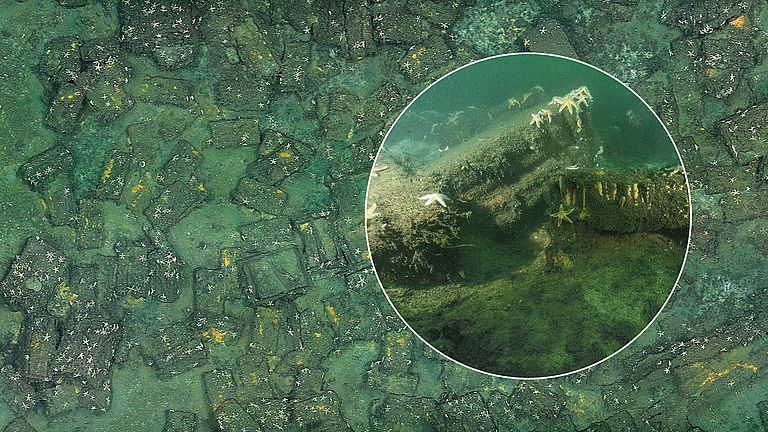
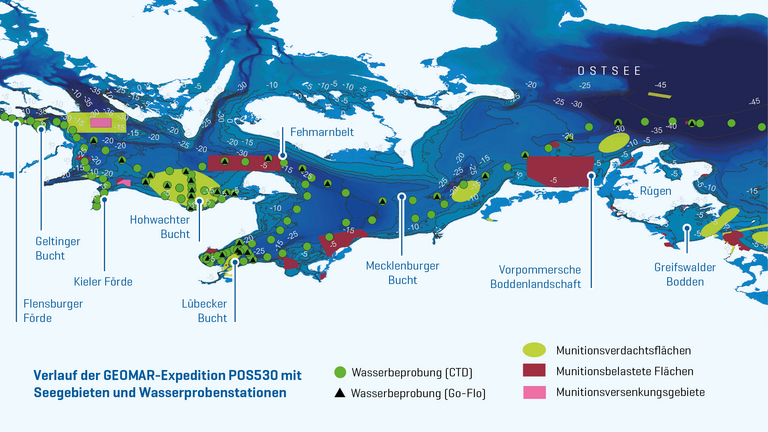
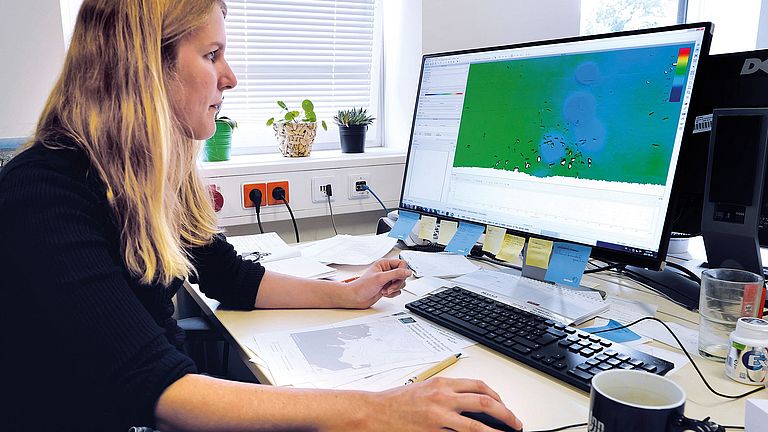
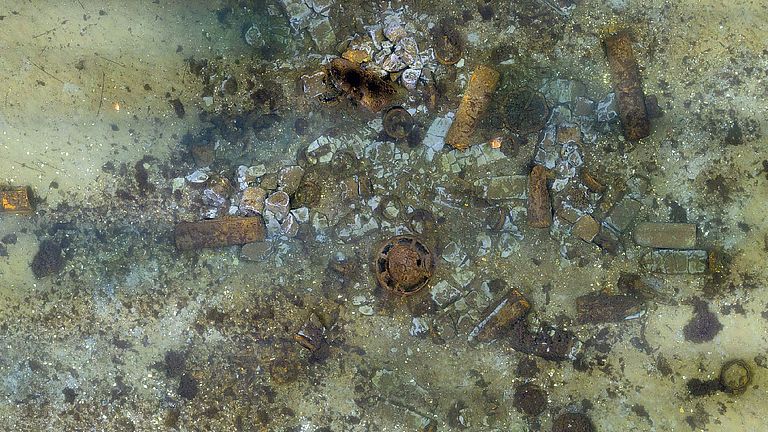
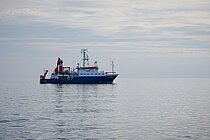
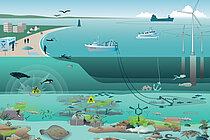
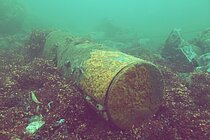
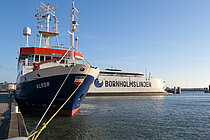
![[Translate to English:] Overgrown and starfish-studded boxes on the seabed, with metal shells sticking out of one of them](/fileadmin/_processed_/3/2/csm_MunitionLuebeckerBucht_c_AUV-Team_d24ae84af0.jpg)
